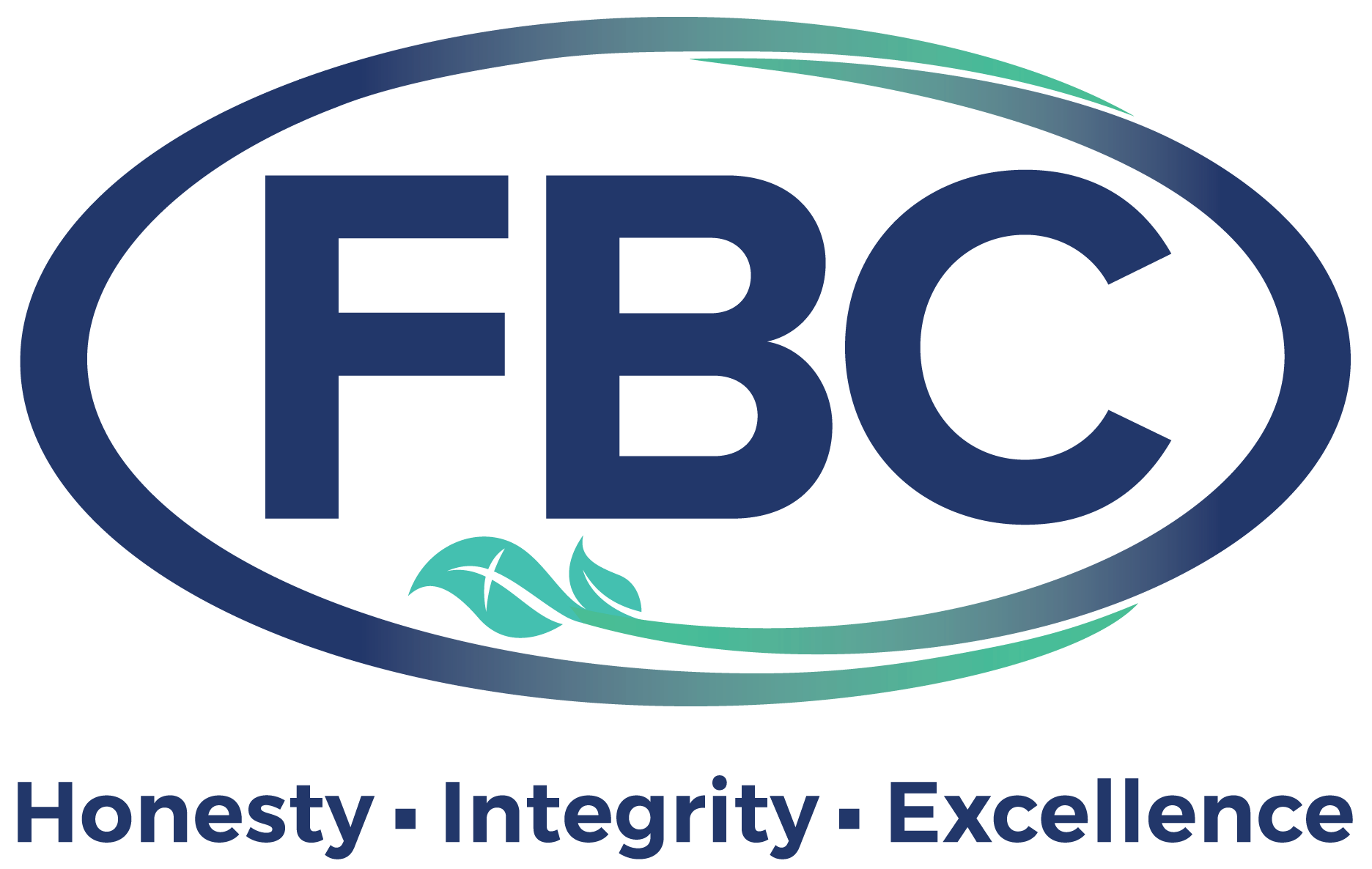Pay Transparency isn’t just a buzzword anymore—it’s becoming the law! More states are passing new rules about what salary details need to be shared. These can affect job postings, promotion conversations, and even performance reviews. Federal changes may be just around the corner, too. If your HR team isn’t ready, you could face more than just employee questions. You could face fines, audits, or lawsuits.
What if your team had to update every job description to include salary ranges—within the next 30 days? What if employees started demanding access to pay data right now? Would you be ready?
At FBC, we work with HR leaders nationwide—from 50-person startups to multi-state companies. One thing is clear. Staying ahead of pay transparency rules isn’t just about checking a compliance box. It’s about protecting your business and building trust with employees. It also shows you care about fairness. Companies that start preparing early avoid headaches later.
The 2025 Landscape: What’s Changing in Pay Transparency Laws
Federal Efforts Are Gaining Speed
So far, pay transparency laws have mostly come from individual states. But now, there’s growing interest at the federal level. The Equal Employment Opportunity Commission (EEOC) and the Department of Labor (DOL) are laying the groundwork. They have issued guidance encouraging companies to be more open about how they pay workers—and why.
There’s also talk in Congress about a federal law that would require:
- Pay range disclosure in job ads
- Transparency in promotion and raise decisions
- More robust pay equity reporting
In short, what used to be a “best practice” is quickly becoming a compliance requirement.
States Are Leading the Way
Several states are already enforcing pay transparency rules. They require salary ranges in job descriptions and pay data upon request. As of 2025, that list includes:
- California
- Colorado
- New York
- Washington
- Illinois (new for 2025)
More states have bills pending, and companies with remote workers must now track laws across state lines.
This gets complicated quickly if you have remote employees or national job postings.
Why Pay Transparency Matters to Employees
Younger Generations Expect Openness
Younger employees—especially Millennials and Gen Z—grew up in a digital world where information is always accessible. They want to know how their pay compares and what their career path looks like. Keeping pay data hidden feels outdated—and even suspicious.
They’re comparing salaries online. They share pay data in group chats and ask hard questions about equity. If your company doesn’t have a good answer, it can hurt your reputation fast. That’s how much people care about this topic.
Transparency Builds Trust—and Loyalty
Transparency builds trust. And trust is one of the biggest drivers of retention and engagement.
Take for example a client who started internally publishing pay bands as part of a DEI effort. At first, some managers were nervous. But employees appreciated the honesty. Their engagement scores went up significantly in the following quarter.
When employees understand how decisions are made, they’re less likely to assume bias or unfairness. They’re more likely to trust leadership and stick around.
Top Challenges HR Leaders Face With Pay Transparency
Let’s be real—this isn’t easy.
Outdated or Inconsistent Pay Structures
Many companies don’t have clear pay bands or documentation for every role. Or if they do, they’re outdated or loosely followed. If your company hasn’t done a complete compensation analysis recently, those numbers might surprise you. They could be way off from today’s market rates. This makes it hard to share accurate, defensible salary info publicly.
Worried About Internal Pay Comparisons
HR leaders often worry that showing salary ranges will lead to tough questions: “Why am I at the low end of this range?” “Why is this job listed higher than mine?” These conversations are tricky—but they’re necessary. Avoiding them only makes things worse down the road.
Manual Processes and Compliance Gaps
Without the right tools, tracking pay by job title, region, gender, and race is difficult. And when mandates vary by state, it’s even harder. Manually updating job postings, pulling reports, and managing pay audits is a huge drain on already stretched HR teams.
How Automation Can Help You to Meet Pay Transparency Demands
Here’s the good news: you don’t have to do this all by hand. At FBC, we help HR teams use smart, automated tools to take the pain out of pay transparency.
Smarter Tools for a Complex Job
Automated compensation platforms can do what spreadsheets can’t. These tools can:
- Analyze pay by position, department, and demographic
- Generate legal-compliant job postings with pay ranges
- Audit your current compensation structure
- Highlight gaps and inconsistencies before they become problems
Companies often spend weeks customizing job ads and responding to pay data requests. Instead of pulling reports from five different systems, you get clear dashboards. You will know where you stand—and where to improve.
Integrating with Your Existing Systems
The best tools plug right into your ATS (Applicant Tracking System) or HRIS (Human Resource Information System). That means:
- HR doesn’t have to double-enter data
- Hiring managers get the correct salary info when creating job reqs
- You have a centralized dashboard to monitor compliance across the board
Improve Communication With Employees
One of the most significant stress points is fielding questions from employees. Who gets access to what? How do you explain pay in a way that makes sense?
Automated communication tools help employees get the info they need without overwhelming your HR team. Tools include:
- Chatbots
- Self-service portals
- Personalized dashboards
Many platforms now offer employee portals or FAQ bots. They can explain pay ranges, promotion paths, and compensation philosophy in plain language. That way, employees can get answers without flooding HR with emails.
What HR Leaders Should Be Doing Now
If you haven’t started preparing for pay transparency mandates, now’s the time. Here’s where to begin:
- Audit Your Current Pay Structure
- Look for inconsistencies, outdated roles, or unclear bands.
- Update Job Descriptions and Postings
- Add salary ranges and clear language about how pay is determined.
- Train Managers on Pay Conversations
- Help them talk openly, fairly, and confidently with their teams.
- Invest in the Right Tools
- Use software that simplifies compliance, communication, and analysis.
- Work with an Expert Partner
- FBC helps businesses implement pay transparency strategies with automation in mind. We don’t just recommend—we help you build systems that work.
Pay Transparency: Key Points
- Pay Transparency laws are growing at both the state and federal levels, and 2025 is a turning point.
- Employees—especially younger ones—expect clarity, fairness, and openness around pay.
- HR teams face serious challenges without formal pay structures or updated job data.
- Automation makes it easier to comply, communicate, and stay competitive.
- Proactive planning now helps avoid audits, lawsuits, and employee dissatisfaction later.
At FBC, we know that pay transparency can feel overwhelming—but you’re not alone. You don’t have to manage it all manually. With the right tools and strategy, you can lead the way with fairness, confidence, and clarity.
Need help navigating pay transparency laws or upgrading your pay communication tools? Let’s talk about how FBC can support your team with pay transparency tools and strategies that scale. Ready to get started? We’re here to help HR teams turn mandates into momentum.

